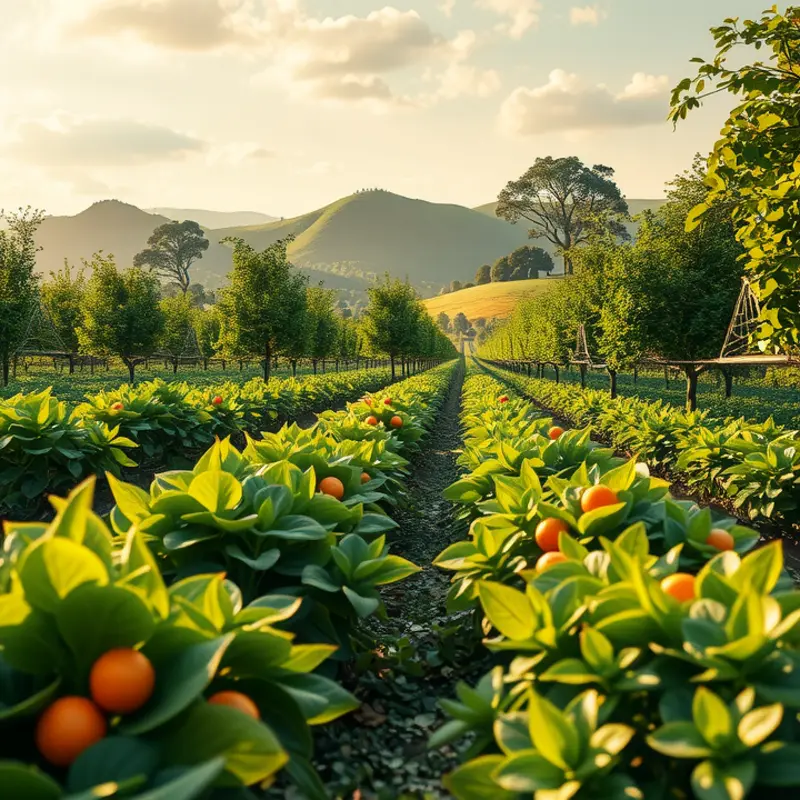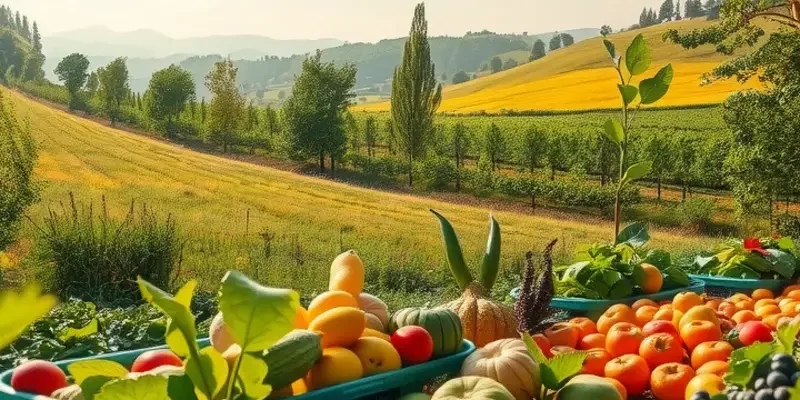Achieving a perfect sear on meat adds flavor and texture to your dishes. Whether you’re a novice or an experienced cook, mastering the art of meat browning can elevate your culinary creations. This guide will introduce you to effective techniques that ensure your meat is golden brown, crispy, and full of delicious flavor. Get ready to impress your family and friends with your newfound skills in the kitchen!
The Science of Browning: Understanding Maillard Reaction

The Maillard reaction is a culinary marvel that forms the cornerstone of achieving deliciously browned meat. This chemical reaction, named after French chemist Louis-Camille Maillard, is integral to the browning process. It occurs when amino acids and reducing sugars react under heat, resulting in complex flavors and aromas. To master the art of quick and effective meat browning, understanding the factors influencing the Maillard reaction is crucial.
Temperature plays a pivotal role. For the Maillard reaction to occur optimally, your cooking surface must reach temperatures above 300°F (150°C). At this high temperature, the amino acids and sugars in the meat surface undergo a series of reactions, creating that sought-after golden-brown crust. If the heat is too low, the meat will steam rather than brown, missing the desired flavor.
Moisture content is another crucial factor. To ensure effective browning, the surface of the meat should be dry. Pat your meat with paper towels before placing it in the pan, as moisture on the surface causes steam, which hinders the Maillard reaction and prevents proper crust formation. This simple step of reducing moisture will set the stage for a beautifully browned exterior.
The choice of fat is equally important. Using fats with a high smoke point, such as vegetable oil or clarified butter, enhances browning. These fats can withstand the necessary high temperatures without burning. The type of fat also contributes to the flavor profile, complementing the rich notes produced by the Maillard reaction.
Balancing these elements ensures a successful browning process. The combination of optimal temperature, minimal surface moisture, and the right fat type enhances the Maillard reaction, creating an appealing crust. More than just aesthetics, this crust encapsulates the meat, sealing in juices and enhancing the overall flavor profile.
Integrating this understanding of the Maillard reaction into your cooking routine requires practice. Having a well-equipped kitchen can help you maintain consistent results. Consider your kitchen setup and how it affects your cooking efficiency, as outlined in our eco-smart kitchen storage guide, which can streamline your meal preparation.
Equipped with the knowledge of how the Maillard reaction works, you can refine your cooking techniques. This understanding extends beyond the kitchen, influencing the quality of your dishes. The next time you sear a steak or brown ground meat, you’ll have the expertise to elevate your cooking. Through practice, you can consistently achieve that perfect crust, making each meal a culinary masterpiece.
Techniques for Perfectly Browning Meat

Achieving the perfect brown crust on meat is a transformative skill in cooking. It not only enhances the flavor but also adds a pleasing texture. To master this culinary art, attention to detail is key.
Begin with selecting your pan. A heavy-bottomed skillet, preferably stainless steel or cast iron, distributes heat evenly and retains it, creating an ideal searing surface. Avoid non-stick pans, as they don’t achieve high enough temperatures for effective browning.
Choosing the right oil is equally critical. Oils with high smoke points, such as vegetable or canola, are ideal. They withstand high temperatures without burning, allowing meat to brown properly. Olive oil, while flavorful, is prone to smoking at lower temperatures.
Before searing, ensure the meat is dry. Moisture hinders browning. Pat the meat thoroughly with paper towels. A light coat of oil on the meat’s surface aids in better heat conduction and even browning.
Seasoning plays a vital role. Salt the meat generously just before it hits the pan. This not only enhances flavor but also pulls out moisture, aiding in the development of a crust.
Preheat the pan before adding oil. An adequately hot pan ensures the meat sizzles upon contact, starting the Maillard reaction promptly. Place the meat in the pan without crowding. Overcrowding drops the pan’s temperature and results in steaming instead of searing.
Timing varies with meat cuts. Thinner cuts like steaks or pork chops only need a few minutes on each side. Larger cuts may require a quick sear before transferring to the oven for even cooking. Keep an eye on color rather than time; a deep, rich brown indicates readiness.
Don’t rush flipping. Allow a proper crust to form on one side before turning. When ready, the meat will release from the pan with minimal sticking. Use tongs for flipping to avoid piercing the meat, which releases juices.
Remember, the fond left in the pan is a flavor treasure. Use it as a base for sauces by deglazing the pan with wine or broth. This technique adds depth to your dish, similar to strategies you might explore to boost flavor without adding salt (see Flavor Boosters Without Salt).
Browning meat is a skill honed through practice. By understanding the significance of pan selection, oil type, and seasoning, you’ll consistently achieve desirable results. Remember to adjust based on the meat cut and cooking method, and soon, perfectly browned meat will be a hallmark of your cooking repertoire.
Final words
Understanding and practicing rapid meat browning techniques can significantly elevate your cooking game. By mastering the Maillard reaction and using the right methods, your meals will not only look more appealing but also burst with flavor. With practice, you can confidently brown any cut of meat, ensuring perfect results every time. Embrace these techniques in your everyday cooking, and allow the delicious aroma of browned meat to entice those around you. Happy cooking, and remember: a great meal often begins with a beautiful sear!







